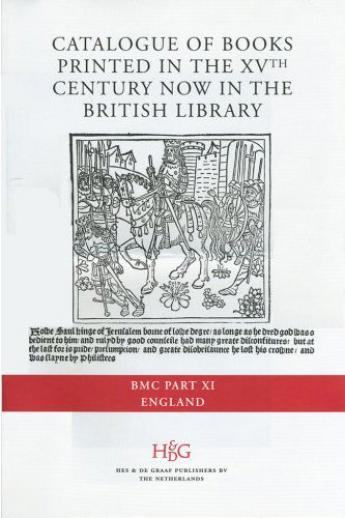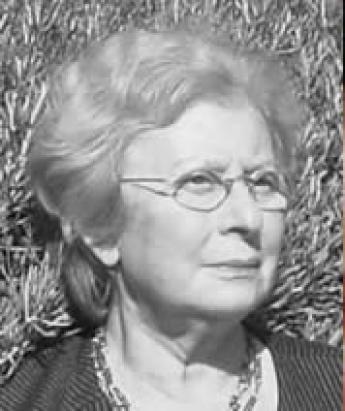News & Updates
First Prize for the 15th ILAB Breslauer Prize for Bibliography goes to Lotte Hellinga

Lotte Hellinga: Catalogue of Books printed in the XVth Century now in the British Library, BMC. Part XI – England
The first prize of $10,000 goes to: Catalogue of Books printed in the XVth Century now in the British Library, BMC. Part XI – England, edited by Lotte Hellinga, with contributions by others. ‘t Goy – Houten: Hes & De Graaf Publishers BV, 2007.
It is no exaggeration to say that the bibliographical world has been looking forward to the publication of this volume since 1908 when Part I – Germany came out, at that time printed by order of the Trustees of the British Museum. One hundred years is a long time, but for the present generation of bibliographers, literary students, historians and bibliophiles, it has been worth the wait, because the descriptive and historical detail and bibliographical analysis that have gone into its compilation far exceed the original model. The title hardly does justice to the contents of the volume, which apart from describing in admirable detail 323 copies of 221 editions in the British Library (out of a total of 395 known editions) takes account of the entire extant production of the incunable presses in England and constitutes a veritable history of English publishing and reading in the last quarter of the 15th century. The work not only contains much analysis and observation of great learning, but in many places and by example points the user to methodology that is absent in most other incunable studies and catalogues.
Introductions to all printers are provided, with discussions of printer’s copy and printers’ habits, their production methods and the evolution of their type founts. A long, path-breaking essay by Paul Needham on paper and its bibliographical evidence is included, whose use for chronology, in dating and redating editions, is apparent throughout. There are chapters on markets, survival of copies, statistics (“bibliometry”); on texts and languages; patronage and commerce; provenance (inscriptions read by Margaret Nickson, bindings described by Mirjam Foot); the history of the formation of the British Library’s incunable collections (by John Goldfinch). The indices and concordances are invaluable.
Some elements of the descriptions themselves go back to the time of Victor Scholderer, Arundell Esdaile, L.A. Sheppard and Dennis Rhodes; much preparatory work was done by George Painter. It will be clear that many distinguished hands contributed to the making of this monumental “catalogue”, but the principal and general editor, as well as the largest contributor, is Dr. Lotte Hellinga, whose scholarship, experience and stamina developed and expanded the project, bringing it to a highly successful conclusion after thirty years of frequently interrupted work.

